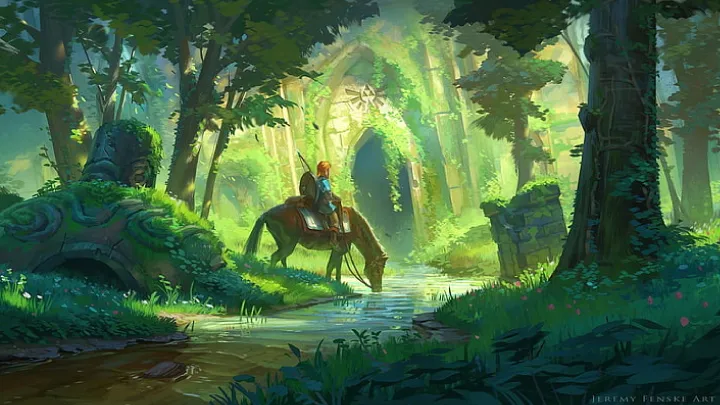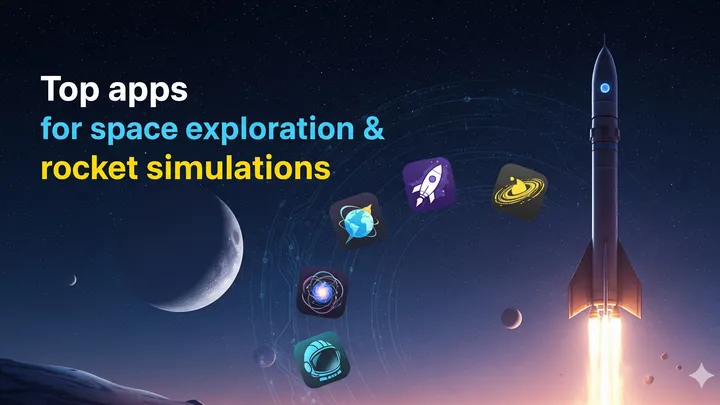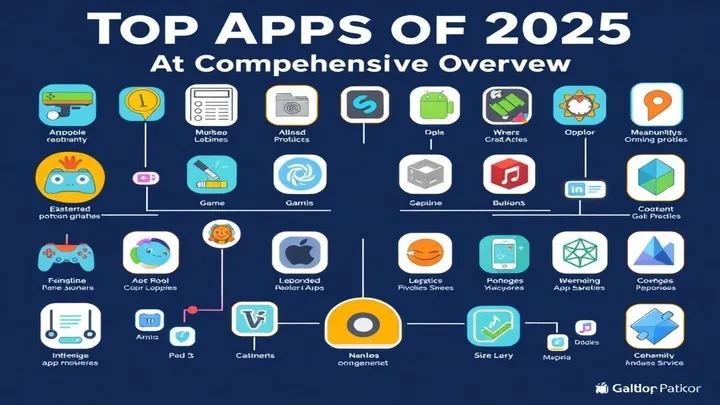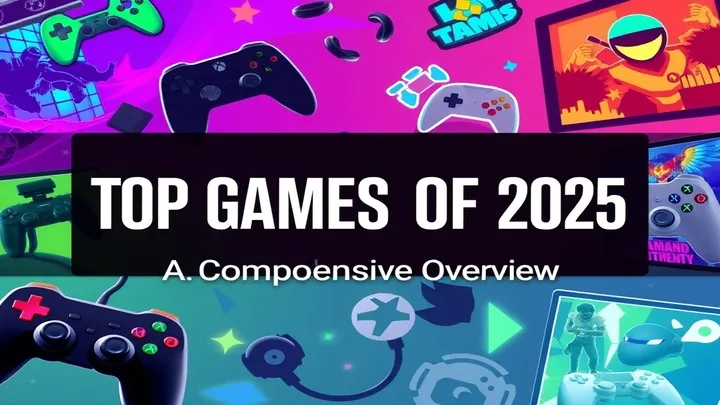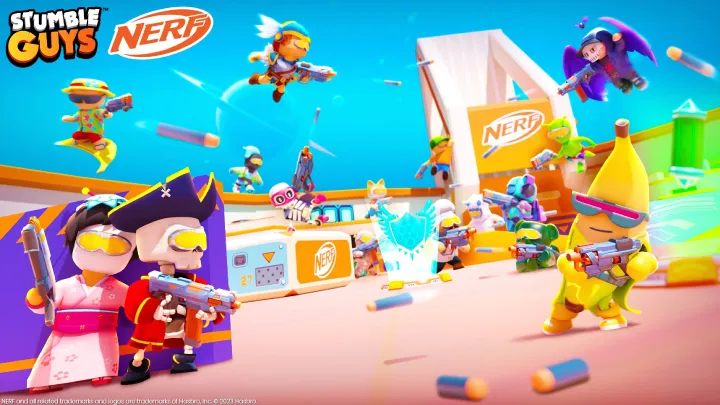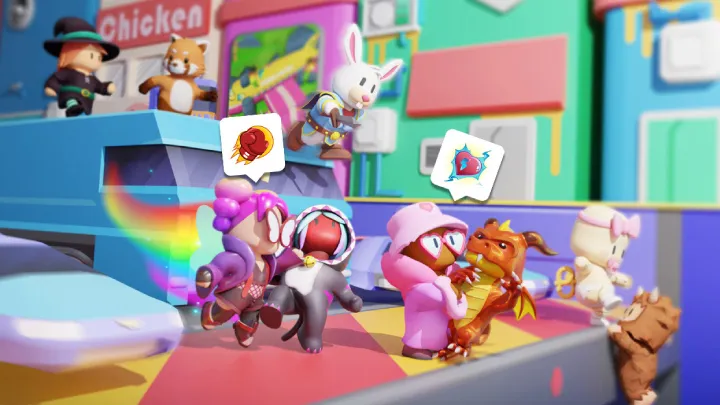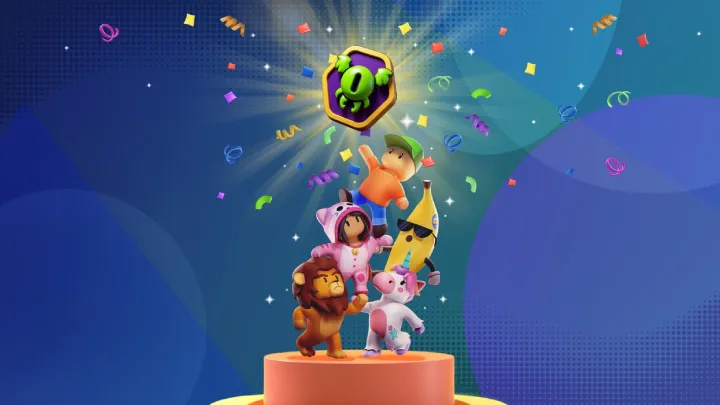The Role of Side Quests in The Legend of Zelda: Ocarina of Time
The Legend of Zelda: Ocarina of Time is often celebrated for its groundbreaking gameplay, memorable characters, and rich storytelling. However, one of the most significant aspects of the game is its side quests, which enhance the main narrative and expand the depth of the game world. These optional missions not only provide players with additional challenges and rewards but also contribute to character development, world-building, and thematic exploration. This article delves into the importance of side quests in Ocarina of Time, examining their impact on gameplay and storytelling.
The Nature of Side Quests
Definition and Purpose
Side quests in Ocarina of Time are optional missions that players can undertake outside of the main storyline. These quests vary in complexity and reward, ranging from simple tasks to intricate challenges requiring thoughtful problem-solving.
Enhancing Gameplay Experience
Side quests serve to enrich the gameplay experience by providing players with opportunities for exploration and engagement. They often require players to interact with the game world in unique ways, promoting a sense of agency and adventure.
Types of Side Quests
Ocarina of Time features a diverse array of side quests, each contributing to the overall experience in different ways. Some notable types include:
- Collecting Items: Players can collect various items, such as Golden Skulltulas or heart pieces, which enhance Link's abilities and health.
- Character Interactions: Many side quests involve helping NPCs, deepening players' connections to the game's inhabitants.
- Puzzles and Challenges: Some quests require players to solve puzzles or overcome challenges, testing their skills and creativity.
The Impact of Side Quests on Character Development
Expanding Link's Abilities
One of the primary benefits of completing side quests is the opportunity to enhance Link's abilities. Many quests reward players with powerful items or upgrades that are crucial for success in the main storyline.
Heart Pieces and Upgrades
Collecting heart pieces through side quests increases Link's maximum health, making him more resilient in battles against formidable foes. This tangible growth reinforces the idea that exploration and engagement with the world can lead to personal development.
Deepening Relationships with NPCs
Side quests often involve interactions with various NPCs, allowing players to learn more about their stories and motivations. This character development adds depth to the narrative and enhances the emotional stakes of the game.
Notable NPCs and Their Quests
- The Cursed Rich Man: Players can help lift the curse from a wealthy man, revealing his backstory and the consequences of his greed.
- Talon and Malon: Assisting this father-daughter duo in their struggles at Lon Lon Ranch provides insight into their lives and strengthens Link's role as a hero.
Thematic Exploration
The relationships forged through side quests often reflect broader themes within the game, such as the importance of community, the consequences of one's actions, and the idea of redemption.
Consequences and Redemption
Many side quests highlight the impact of characters’ choices, reinforcing the idea that actions have consequences. For example, helping the troubled characters often leads to their redemption, showcasing how kindness and support can foster growth and change.
World-Building Through Side Quests
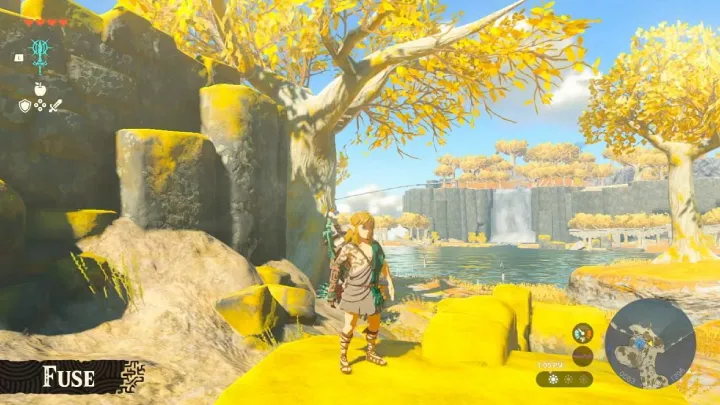
Creating a Lived-In World
Side quests in Ocarina of Time play a crucial role in making Hyrule feel like a living, breathing world. Each quest adds layers of detail and history to the game, enhancing immersion and engagement.
Environmental Storytelling
The quests often utilize the environment to convey stories and lore. For example, the various locations players explore—such as Kakariko Village and Gerudo Valley—are filled with unique characters and challenges that reveal the complexities of Hyrule's society.
Cultural Depth
Side quests also introduce cultural elements that enrich the game's lore. For instance, the interactions with the different races in Hyrule—the Gorons, Zoras, and Gerudo—explore themes of cooperation and conflict, reflecting the diverse cultures within the game world.
Racial Dynamics
Completing quests for different races fosters a sense of unity among the various groups. Through these interactions, players gain insight into the struggles and triumphs of each race, enhancing the narrative's depth.
The Role of Humor and Lightheartedness
Balancing Serious Themes
Amidst the darker themes of Ocarina of Time, side quests often provide moments of levity and humor. These lighthearted quests serve as a counterbalance to the game's more serious narrative elements.
Comedic Quests
Quests such as the one involving the "Biggoron’s Sword" or the "Cursed Rich Man" showcase playful elements that lighten the experience. These humorous quests allow players to engage with the game in a fun and relaxed manner.
Creating Memorable Moments
The humor found in side quests contributes to the overall charm of the game, creating memorable experiences that players cherish long after completing the main storyline. The quirky characters and whimsical situations add a layer of enjoyment that enhances the game's appeal.
The Rewards of Side Quests
Tangible Rewards
Completing side quests offers players various tangible rewards, including valuable items, magical upgrades, and heart pieces. These rewards motivate players to engage with the game world and explore every corner of Hyrule.
Enhancing Gameplay Mechanics
The items gained from side quests often have significant gameplay implications. For example, acquiring the Biggoron's Sword provides Link with a powerful weapon, while collecting heart pieces increases his health, making the challenges ahead more manageable.
Emotional and Narrative Rewards
In addition to tangible rewards, side quests offer emotional and narrative satisfaction. Completing these quests allows players to witness character growth, resolve conflicts, and contribute to the overall story.
Sense of Accomplishment
The culmination of a side quest often provides a sense of accomplishment, as players know they have made a difference in the lives of the characters they have helped. This emotional payoff enhances the player's connection to the game and its world.
The Legacy of Side Quests in Gaming
Setting Standards for Future Titles
Ocarina of Time's innovative approach to side quests set a new standard for narrative depth and player engagement in video games. Many titles that followed adopted similar mechanics, recognizing the value of optional content in enriching gameplay.
Influence on Other Titles
Games like The Witcher 3: Wild Hunt and Skyrim have drawn inspiration from Ocarina of Time's side quest structure, incorporating rich narratives and character development into their optional missions. This legacy demonstrates the impact Ocarina of Time has had on the gaming landscape.
Expanding the Zelda Franchise
The emphasis on side quests continues in subsequent titles within the Zelda franchise, such as The Legend of Zelda: Breath of the Wild. This game takes the concept of side quests even further, allowing players to explore a vast open world filled with diverse challenges and narratives.
Evolving Mechanics
The evolution of side quests in the Zelda series reflects the changing landscape of gaming, where players increasingly seek immersive experiences that go beyond linear storytelling.
Conclusion
The side quests in The Legend of Zelda: Ocarina of Time are integral to the game's overall experience, enriching the narrative, deepening character development, and enhancing world-building. By providing players with opportunities for exploration and engagement, these optional missions contribute significantly to the game's legacy. As Ocarina of Time set the standard for side quests in gaming, its influence continues to be felt in contemporary titles, reminding us of the importance of rich storytelling and character interactions in creating memorable gaming experiences.








